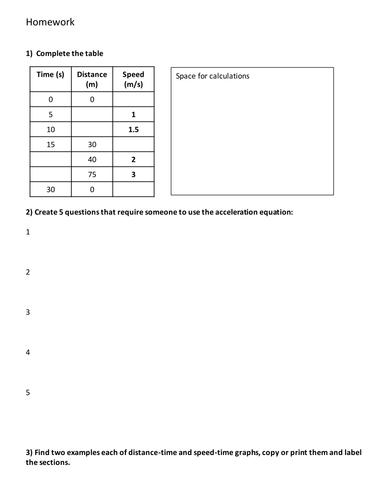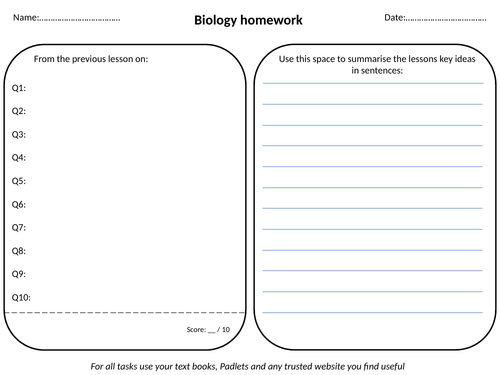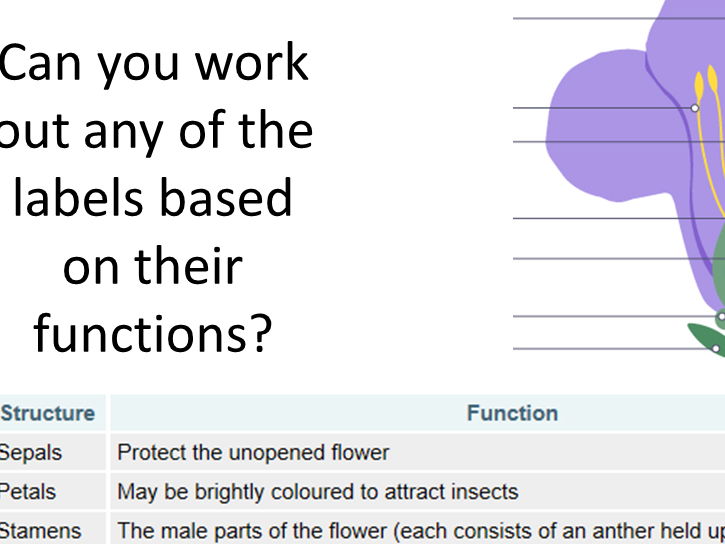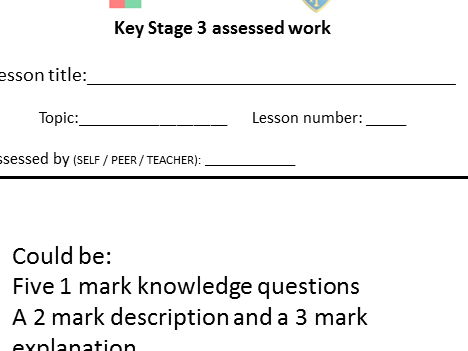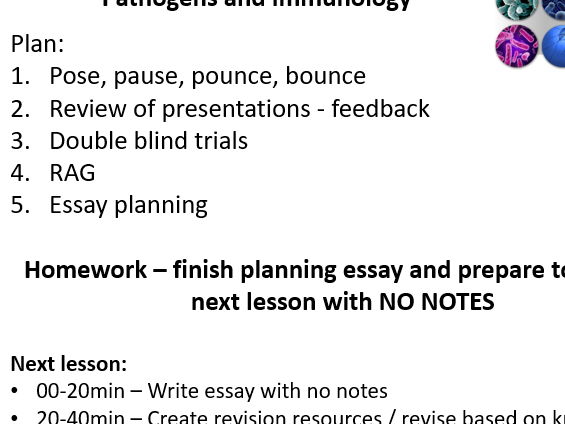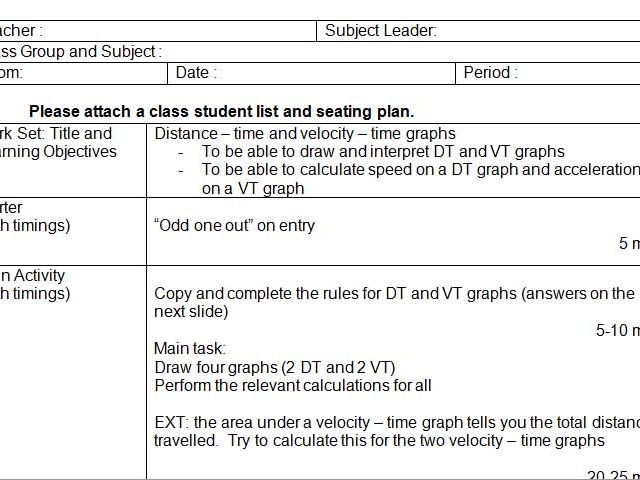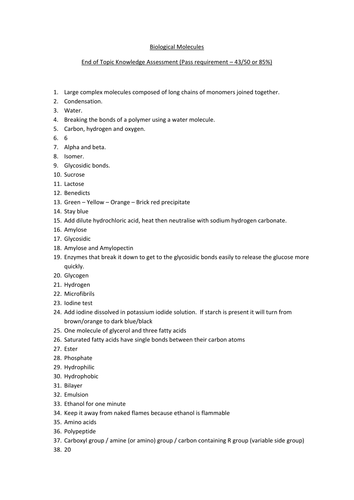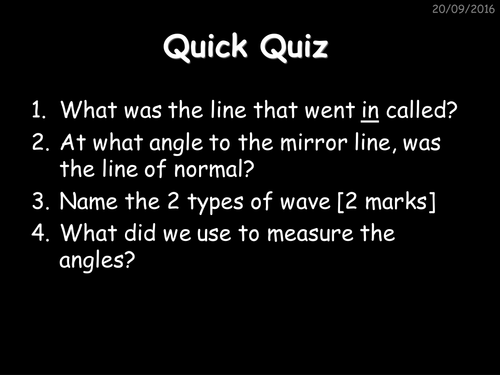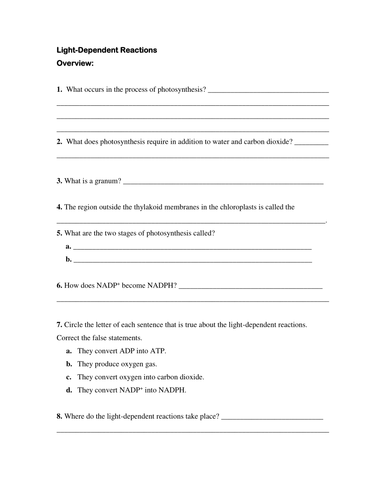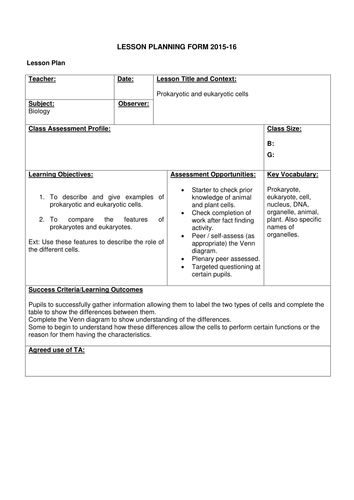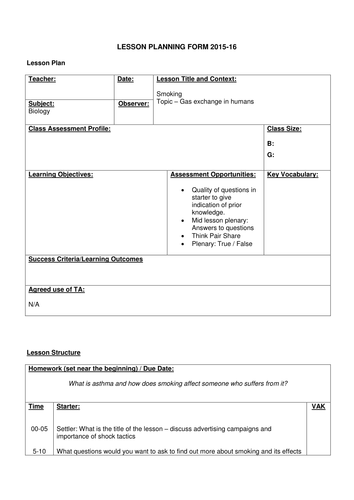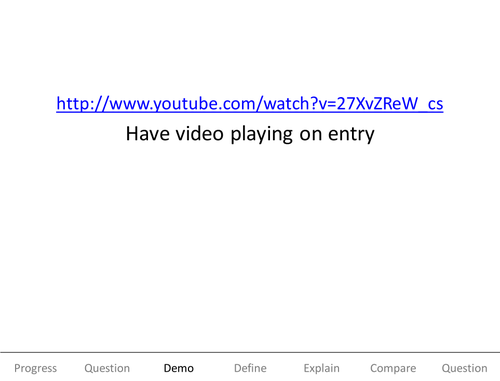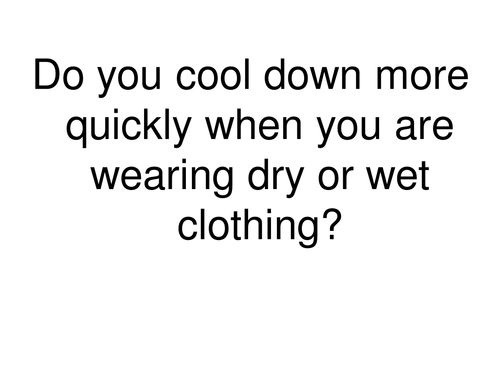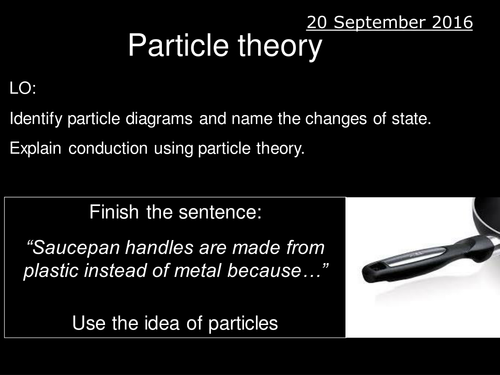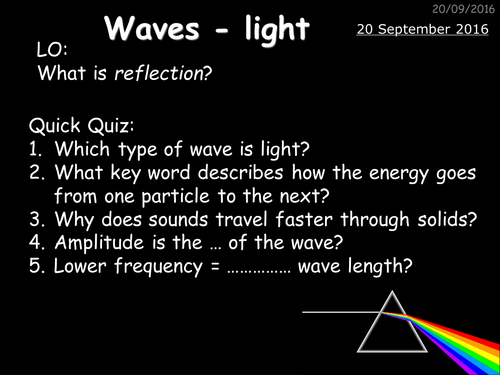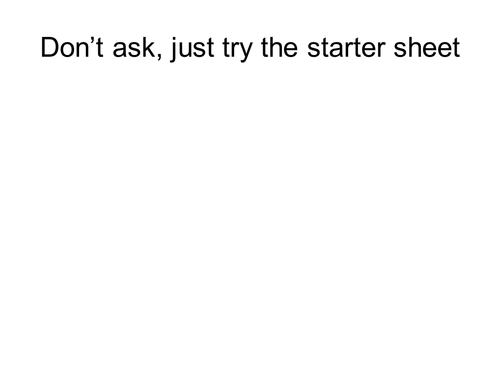43Uploads
22k+Views
258k+Downloads
All resources

Speed / velocity - Time graphs
Well resourced lesson with lesson plan, homework and printable resources.
Includes:
- Settler: quick quiz
- Starter: spot the differences on the graph
- Graph drawing activity
- Mark scheme presented as a "toolkit"
- Plenary
- Homework

A-Level Biology - All HW for Mass transport topic - Flipped style
Good structure for flipped learning, especially for beginners and the kids really liked the consistency, not just “research the next lesson”.
Set of linking homeworks for the mass transport topic in the AQA A-Level Biology course.
Structure is 10 short answer questions on a lesson on the left. Then a suggested YouTube link (and description) and Website link (and description) for further research about the next lesson.
Includes:
Two blank templates to use for the future
The first name is what the questions are about and the second is what the research is on:
Tissue fluid / Haemoglobin
Haemoglobin / Oxygen dissociation curves
Oxygen dissociation curves / Xylem and Phloem
Xylem and Phloem / Mass Flow Hypothesis
Mass Flow Hypothesis / Transpiration
Transpiration / Limiting water loss

Kahoot - AQA A-level Biology - Heart and lungs
Use Kahoot to assess students knowledge and get feedback on the form of excel spreadsheet.
Use regularly on a variety of topics to gain ongoing data on students progress.
https://create.kahoot.it/share/aqa-a-level-biology-heart-and-lungs/3525094f-d4ab-42e2-8e7a-035cc2223bf4

Forms quizzes for AQA Biology - Biological molecules topic
Templates for you to duplicate and use through Forms or set through Teams.
Great for flipped learning from September - mostly self marking, just have to give feedback for longer answer questions.
Each one follows the general format of:
Upload your notes on Carbohydrates from your text books and the link below:
WEBLINK
Answer the multiple choice questions that follow the video,
Answer the longer question at the end,
Write a target based on the task.
You will have to change the Theme as it is our schools logo.
Have been really useful during lock down and could be good to share - I think I have included the right links to let you use these correctly. Let me know if there are any issues.
If you haven’t used Forms through Teams before you have to set the task, then go into the Teams version of that “quiz” and reset the File upload question so that it creates a SharePoint area to save it. If that makes no sense, maybe replace the File upload questions with something like “Have you spent 20 minutes + making notes?” and a Yes or No tick box question.

Reproduction in plants KS3
Lesson on reproduction in plants at KS3 level.
Includes questions for a YouTube video in printable format.
Starter and plenary included.

KS3 and KS4 generic assessment template
Can use for any subject to structure an assessment for KS3 (A5) or KS4 (A4).
Fill out the main box in the middle with a variety of questions (5 marks for KS3 and 10 marks for KS4 - can change) and get students to identify whether it is peer, self or teacher assessed.
Space for target, GRAFT, DIRT at bottom.

Revision and essay guidance for AS Biology topic - Pathogens and Immunity
Lesson structure at the beginning to explain what will be covered:
- Pose, pause, pounce, bounce.
- Review of presentations (could edit this to suit a previous piece of work)
- Double blind trials
- RAG the specification (included)
- Essay title, structure for planning and detailed mark scheme and feedback form included on presentation.

Revision sheet for KS3 Solar system topic
PowerPoint slide that could be printed A3 for a KS3 class to use when revising the solar system topic. Includes:
Compass points
Satellites
Comets
Data handling task
Identifying solar system from image
Time of day
Gravity

Ideal cover lesson for distance-time and velocity-time graphs
Can use as a stand alone lesson or can set as cover if the cover teacher has access to a computer and projector.
Includes:
Cover form / Lesson plan
PowerPoint presentation
Worksheet
Printables
Starter: Odd one out
Rules for DT and VT graphs
Answers
Main task explained
4 tables to draw as either DT or VT graphs and tasks to do (calculate gradient etc.)
Worksheet
Review rules
Plenary key terms

NEW AS BIOLOGY - Knowledge based tests
Series of 50 mark tests with mark schemes for the following topics:
- Biological molecules
- Exchanges with the environment
- Heart and lungs
- Pathogens and immunology
- Transport systems
Really useful before end of unit, application tests to check they fully understand the topics.
Went down really well with the students!

Refraction
Fully planned lesson including:
- Quick quiz
- Answers
- Optical illusions to get pupils thinking about light rays and the path of light
- Theory of refraction and fill in the blanks
- Method (which needs demonstrating) for refraction using a glass / Perspex block
- True false plenary

Cells - series of lesson worksheets
Set of 6 lessons worth of worksheets to compliment the topic of cells.
Could be used as homework or within lessons.
Includes a 17 page document with tasks and worksheets to follow the 6 lessons below including a homework investigation into diffusion of squash:
1. Living vs non-living
LO1: How can we class something as living?
LO2: Describe what is involved in each of the 7 components or life (MRS NERG)
2. Animal vs plant
LO1: State the function of the parts of a cell (e.g. nucleus controls the cell)
LO2: Identify similarities and differences between animal and plant cells
3. Specialised cells
LO1: Be able to identify 5 specialised cells and state their roles
4. Simple cells
Label an Amoeba and Euglena
5. Cells tissues and organs
LO1: Define a tissue and an organ
LO2: Give at least one example of a specialised cell, tissue, organ, organ system and organism
6. Diffusion
LO1: Define diffusion
LO2: Explain how cells use diffusion to move substances in and out.

Photosynthesis - The Light Dependent Reactions (A-Level Biology)
Used as an observed lesson (so have included lesson plan without student details).
I used repetition in small stages to gradually build the picture of the thylakoid membrane and the students seemed very confident at the end. Use the knowledge based questions to check basic understanding before going on to the longer answer questions.
PowerPoint
Lesson Plan
Knowledge based questions
Longer answer questions

Biology - Prokaryote and Eukaryote
Easy to follow lesson using several activities:
- Settler: Odd one out
- Starter: plant and animal label recap
- Fact finding task
- Venn diagram
- Plenary with three different question styles to show evidence of learning
All resources are within PPT or at the end of it (including the information for fact finding task)

Biology - Smoking
Lesson Aimed at KS3 Smoking.
Lesson plan included (without student details).
PowerPoint includes all printable resources.
Structure:
Settler
Starter
"Become an expert" task with explanation of task
Questions to answer as a group or individually to suit the class
Plenary to show progress

Convection
Fully planned lesson including:
- Settler: Link to lava lamp clip
- Starter: question re: conduction with mark scheme on next slide
- Think: Question with vowels removed to get pupils to come up with the question: "how does a radiator work?"
- Link: Great video introducing idea of plate tectonics to link to real world
- Various questions
- Convection tube demo (or link to video of one)
- Match sentence to position on convection tube diagram (can print or write on own)
- Linked to radiator and other questions to sum depending on time
- Come back to learning objectives

Evaporation - practical
Fully planned lesson including:
- Settler question.
- Starter diagram of solids, liquids, gases.
- Guiding questions to discover idea of how sweating cools the skin
- Fill the blanks task
- Method (with equipment list) for simple but always successful practical (15-20min)
- Blank table for support
- Guiding questions to do while performing practical.
- Graph mark scheme.
- Graded explanations
- Further resources if needed

Conduction
Fully planned lesson including:
- Settler question
- Starter diagram to label (solid, liquid, gas)
- Animation
- Ball and hoop demonstration (with levelled answers to question)
- Lighting a match using a metal bar held in a retort stand and heated with Bunsen (with levelled answers to question)
- Revisit settler question and learning objectives
- Extra resources (word match etc.) for extension

Reflection
Fully planned lesson including:
- Quick quiz
- Answers
- Labelled diagram of ear
- Long answer question with support relating to sound (if previously taught)
- Detailed method for reflection practical
- Example table to draw or print
- Other resources

Homeostasis - Temperature regulation
PowerPoint, lesson plan and printable (differentiated) resources for lesson on temperature regulation.
Includes:
- Starter
- Practical
- 6 Marker with mark scheme
- Plenary

